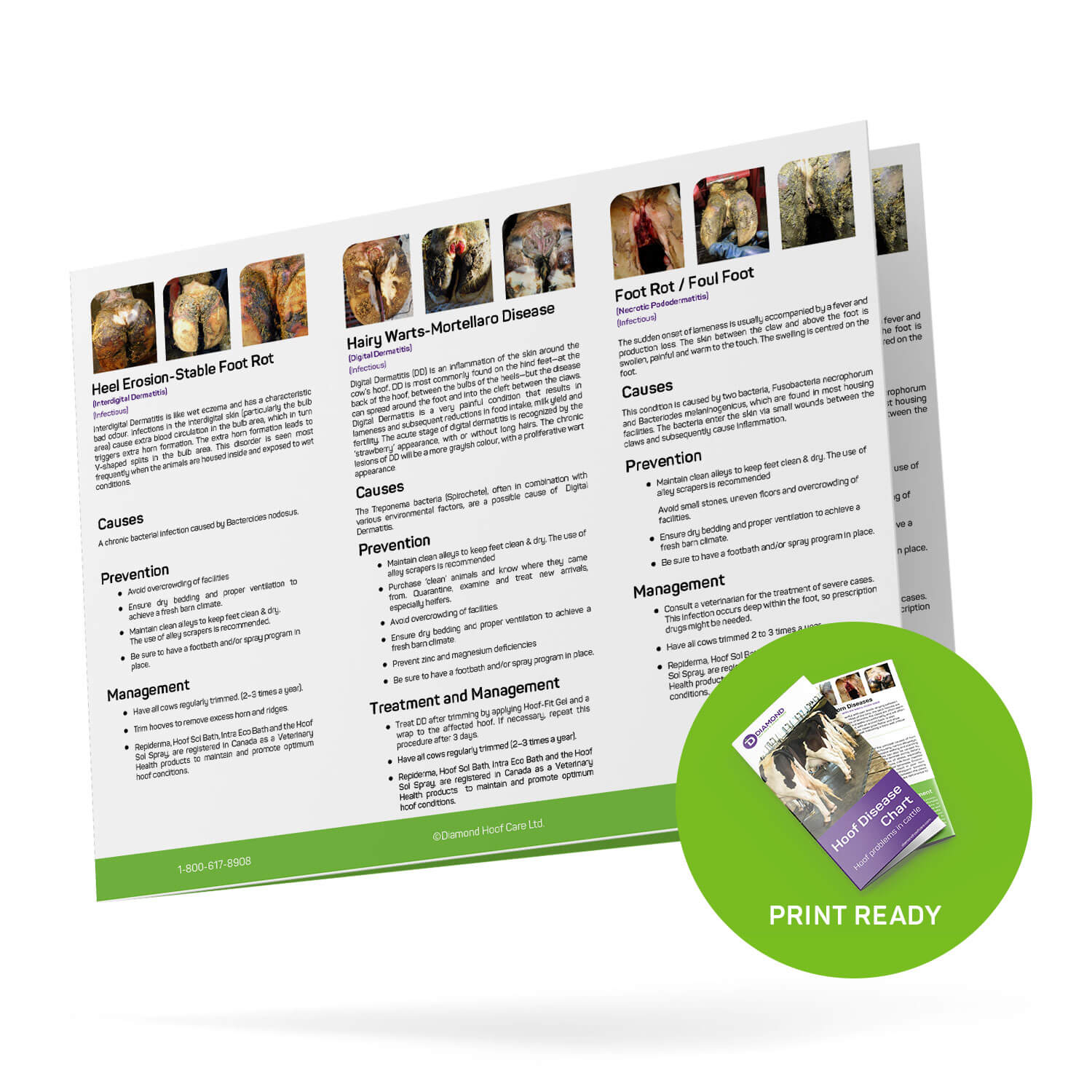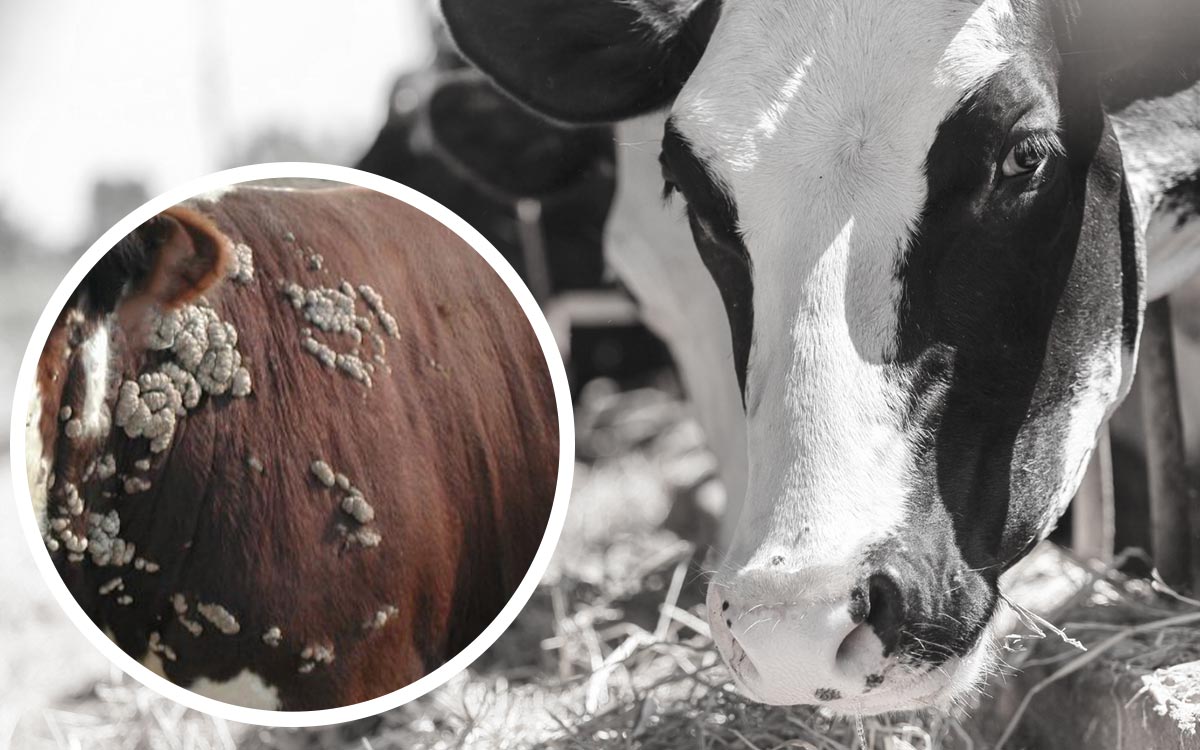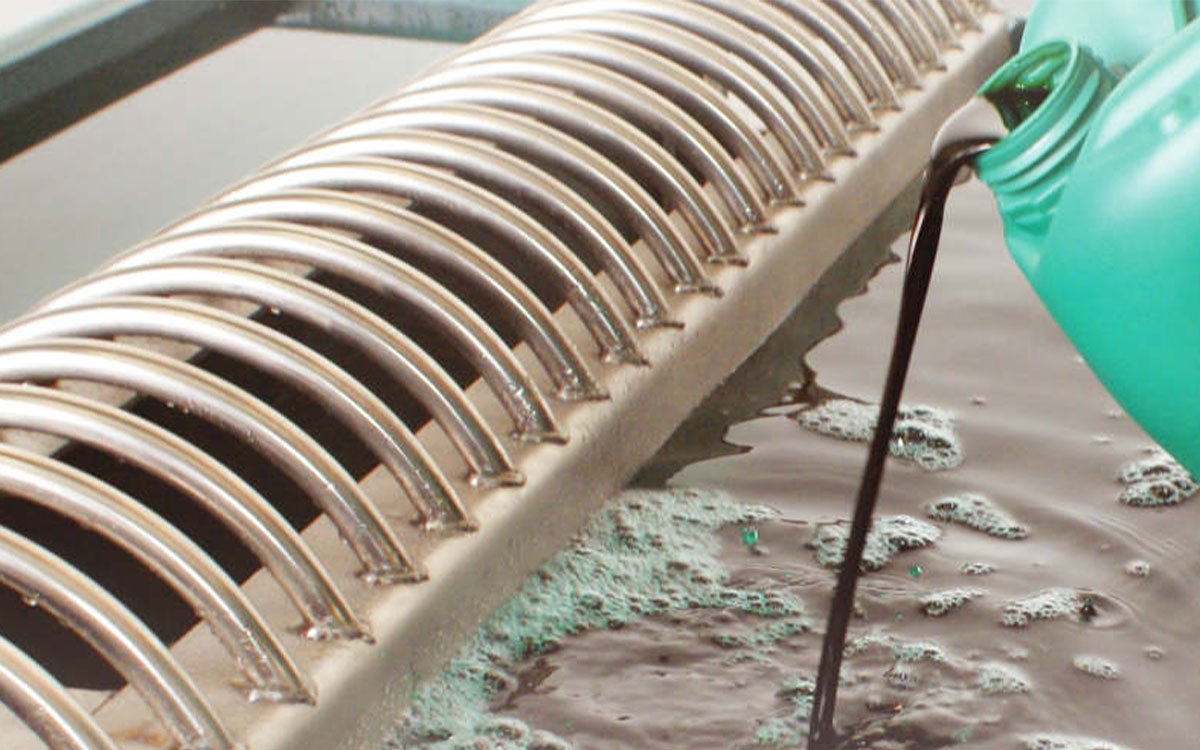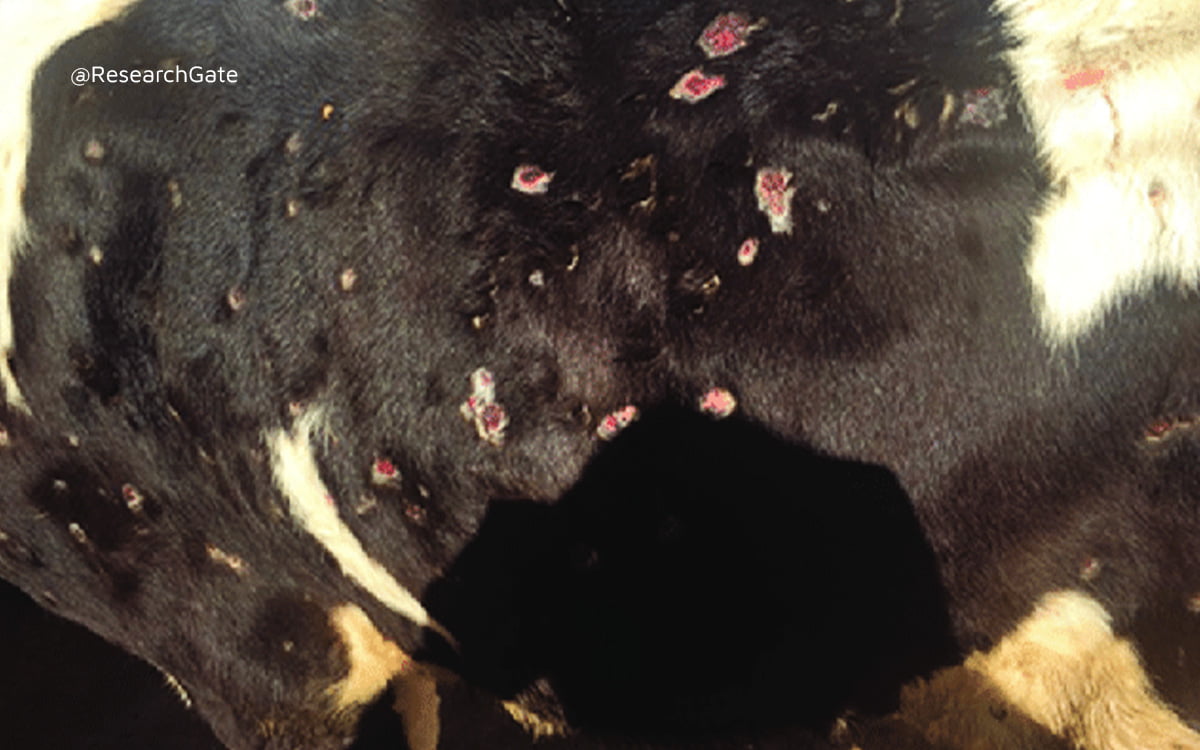Warts are common in cows because they spread easily, especially in younger cattle. Since they’re so contagious, they can quickly become problematic. So, you might wonder if you can sell a cow that has warts.
You can sell a cow that has warts, but many buyers won’t be interested because the warts may spread to their cattle, which they would want to avoid. It’s best to sell a cow once its warts have cleared up, which can take a few months. You should disclose that the cow has warts before selling it.
In the dairy farming world, we often hear words such as “warts“ or “hairy heel warts,” which refer to digital dermatitis, or Mortellaro disease, in the hoof of a cow. The term “wart” is not really applicable to this hoof disease.
In this article, I will discuss what you can do with cows that have warts on their skin or teats. Keep reading to learn more!
What to Do with Cows with Warts
Unfortunately, there’s not much you can do with a cow that has warts. While there are preventative treatments (such as vaccines that are often given to young cattle), most warts will go away on their own over time.
Below are some things you can do with cows with warts.

Leave Them Be
The best thing to do is leave the cow be and monitor the warts. Thankfully, warts on the skin shouldn’t make a cow feel sick and affect milk production (unless the warts are on the cow’s teats, which can sometimes hinder milking).
Most warts will disappear within a few months, so treatment is unnecessary unless the situation worsens. It’s safe to use dairy products from cows with warts because the virus that causes cow warts can’t spread to other animals and humans.
Consult a Vet If the Situation Worsens
While most warts are harmless and eventually disappear on their own, some may get worse or badly infected. A vet may need to intervene with medication to clear them up when there is a bad infection.
In some cases, wart removal is necessary, particularly if the wart impairs the life or performance of the cow. You should monitor warts to ensure they don’t get out of hand, but this is generally not a problem.
Avoid Selling the Cow While It’s Infected
It’s best to avoid selling a cow that has warts because the buyer’s cattle could all become infected. If you’re looking to sell, the best thing to do is wait until the warts are gone.
If you want to sell but don’t want to wait until the warts have cleared up, full disclosure is recommended so that the buyer is fully aware of the situation and the risks. As long as a buyer knows about the warts and has no issue with them, there’s no reason not to sell.
You’ll need to provide a complete background history of the cow before selling since failure to mention warts can constitute misleading. You’ll also need to disclose if the warts are causing any issues (for example, problems with milk production) as this could affect the sale.
Preventing Warts in Cows
Since you can’t really do anything about warts in cows and must let them run their course, you’re probably wondering if there is a way to prevent them. Unfortunately, warts are caused by the bovine papillomavirus, and cows can pick this up exceptionally easily. Thus, even with preventative methods (such as separating young cattle from the rest), there is a chance that warts will spread.
Sterilize Equipment
To decrease the chances of warts spreading among cows, sterilize the equipment you use to tag or tattoo calves.
Cows under two years of age are most likely to develop warts, and they can catch the papillomavirus through tags and tattoos that contain traces of the virus. Therefore, sterilizing the equipment after each use can help prevent wart problems in your cattle.
You should also aim to keep other objects clean and sterile because if a cow has any cuts on its skin, it could become infected in case the virus gets into the cut.
Ensure all high-traffic areas are hygienic to reduce the spread of bovine papillomavirus. For example, disinfect milking parlours, calf huts, and other places that receive a lot of daily traffic. Housing should be cleaned regularly.
Keep the Skin as Clean as Possible
While it’s essential to keep your equipment clean and sterile, keeping your cows clean is also important, especially if they have cuts or incisions that can become infected.
Although most cow warts are on the face and neck, some can form on the teats. To prevent this, clean the teats, especially after each milking. Cows can develop cuts and abrasions on their teats, and the wart-causing virus can get into these cuts. So, keeping the area clean is an excellent preventative measure.
Keep Infected Cows Separate
If possible, keep infected cows separate from those that are not yet showing signs of warts. This can help control the spread of the virus, meaning more of your cows can remain healthy and wart-free. Since younger cattle are more prone to warts, separating them for a certain period may be necessary.
When Can I Sell a Cow with Warts?
You can sell a cow with warts whenever you want, but it’s best to wait until the warts have disappeared. In most cases, you must wait around six months as that’s the time it usually takes for cow warts to clear up. However, you may have to wait a year or more if they take longer to go away.
You should also consider your other cows. Even if some don’t have warts, they could also be infected with the virus. It can take 1-12 months for the symptoms to show up, so keep this in mind if you want to sell other cows.
Conclusion
Technically, you can sell a cow with warts, but it’s best to wait until the warts are gone. Many buyers won’t purchase a cow with warts because it could spread the virus to their cattle. If you still want to try to sell a cow with warts, you should make the buyer aware of the situation.
Warts can take from a few months to a few years to clear up, but they usually don’t pose serious health risks. If they get worse, they may need to be treated or removed. However, this is rare.





